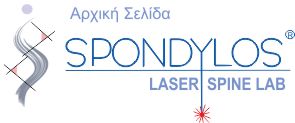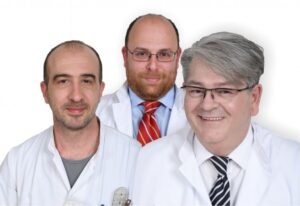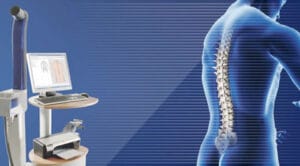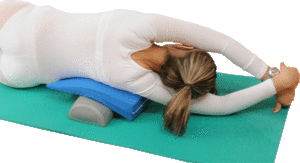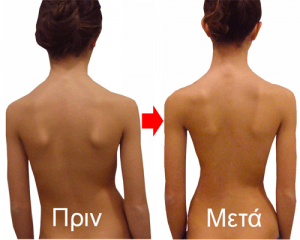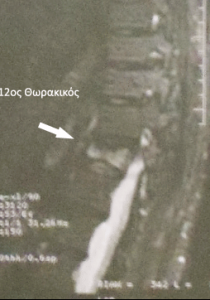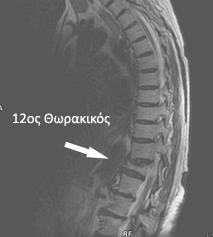What we mean as osteoporotic kyphosis treatment?
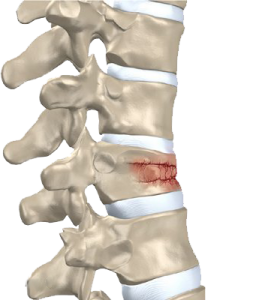
As osteoporotic Kyphosis treatment we mean the reversal of the development of kyphosis, which is caused by the wedge-shaped deformity created in osteoporotic vertebrae.
That is, when the osteoporotic bones lose their strength and can not withstand the weight of the body alone, subsidence (fractures) are created, which usually compress the anterior part of the vertebrae, which receives the greatest loads.
The result is constant compression to change the shape of the vertebrae into a wedge-shaped form, leading to further kyphosis of the spine.
Depending on the degree of deformity of the vertebrae, but also the number of them, the kyphosis in a short time can grow too much and be very difficult to reverse.
The development of kyphosis is proportional to the responsible vertebrae. The thoracic vertebrae are responsible for larger kyphosis, while the lumbar vertebrae are responsible for reducing normal lordosis.
The continuation of the axial compression as well as the anterior moments of the bending forces exerted on the bodies of the vertebrae leads to their wedge-shaped deformation.
If nothing is done, in terms of protection from increasing compression, this phenomenon continues to another vertebra resulting in ever greater compression.
This creates osteoporotic kyphosis, entering a vicious circle, where large compressions lead to greater kyphosis and this in turn increases the compression forces.
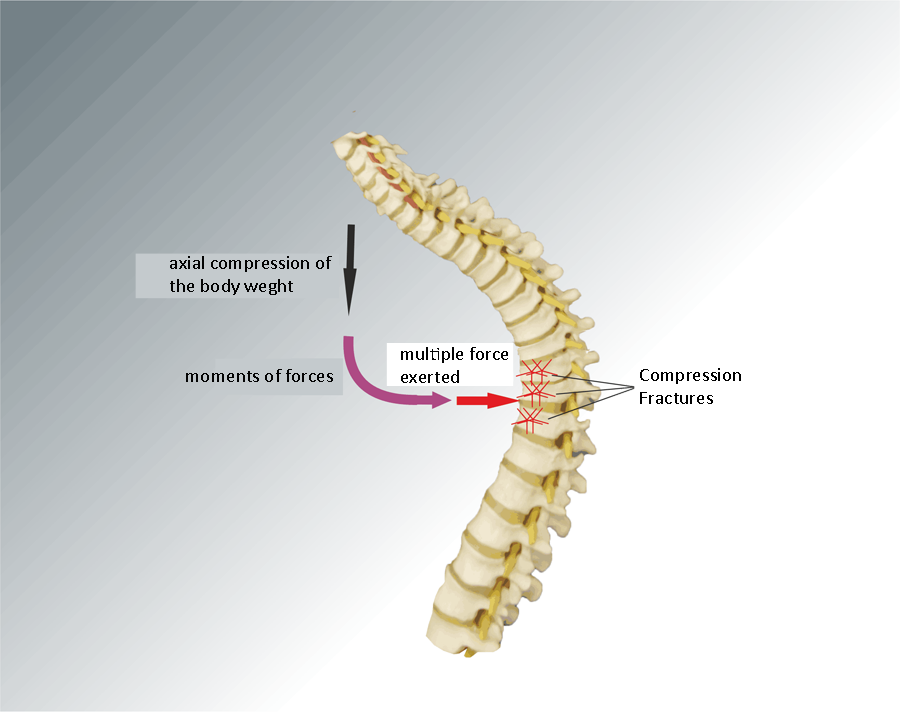
osteoporotic kyphosis treatment
The treatment of osteoporotic kyphosis is conservative or minimal invasive.
SPONDYLOS conservative treatment
In SPONDYLOS we found that hyperextension of the spine reduces kyphotic angle resulting in a degree of return to normal.
The overextension caused decompression in the anterior parts of the vertebrae resulting in the possibility if the fracture was fresh, less than 3 months, to advance to the maximum height, depending on the fracture.
That is, by withdrawing the compression, the hematoma created by the fracture can be organized and create new bone.
The next picture shows that after 12 months, with the SPONDYLOS treatment, the fracture did not grow and a new bone was created at the site of the hematoma.
SPONDYLOS brace
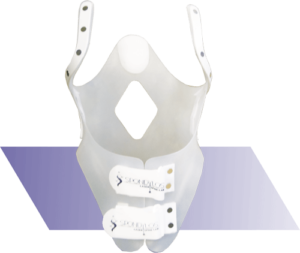
The SPONDYLOS brace is manufactured in a mold, obtained with Laser and is being processed according to the patient’s problem digitally in CAD-CAM.
The pressures are made at the fracture site and the overextension is enough to return it to a sufficient position to regenerate the vertebra.
The patient does not do anything, that is, he does not tighten straps or straps, but by applying it he automatically comes to the position we have defined.
It is very light, less than 500 grams, thin, less than 3 mm, does not appear under clothes and ties from the front.
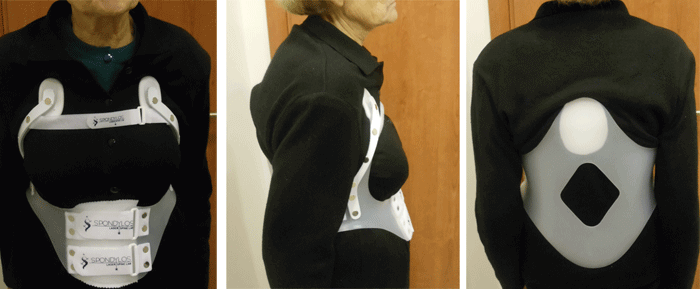
By applying the brace eliminates the intense pain experienced by patients when they suffer an osteoporotic fracture.
It should be applied throughout the day, except when the patient is lying down and there is no pressure from the weight.
The treatment should be continuous for at least a year, until a new MRI scan shows that there is no more hematoma.
SPONDYLOS exercises

At the same time with the brace the patient should practice daily for a few minutes in special exercises that we will teach him.
Exercises are specialized exercises for the muscles of the extensor mechanism.
These exercises are adapted to the patient’s abilities and the severity of the disease and are done at any age.
Minimal invasive
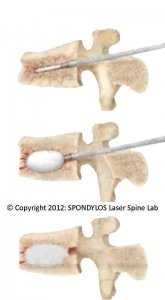
Vertebroplasty – Kyphoplasty
As long as the patient can and wants to undergo vertebral surgery is the best method for immediate remission of acute pain and partial correction of kyphosis.
The operation is transcutaneous, in which with local anesthesia are inserted trocars (thick needles) with 2 balloons which through a hydraulic system of contrast material are expanded, partially elevating the vertebral body.
The balloons are then removed and acrylic cement is inserted into the cavity created to fill the gap.
Acrylic cement coagulates very quickly and is hard and resistant to pressure, replacing bone to some extent.
The operation takes a few minutes and the patient can leave the hospital immediately.
The operation can be performed on fresh fractures because if a long time passes, the fracture heals resulting in its non-development.
